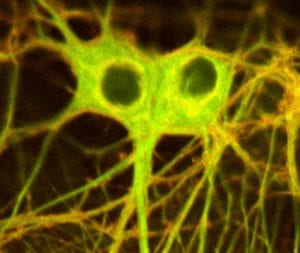 New Research – Stem Cell Memory and Insulin Levels: According to new research, stem cells from early embryos can be persuaded into becoming a various selection of particular cells that can both recover and restore different areas in the body. Researchers have often thought about the use of this process for diabetes but have admitted some medical and ethical downsides.
New Research – Stem Cell Memory and Insulin Levels: According to new research, stem cells from early embryos can be persuaded into becoming a various selection of particular cells that can both recover and restore different areas in the body. Researchers have often thought about the use of this process for diabetes but have admitted some medical and ethical downsides.
However, researchers at the Tel Aviv University are taking advantage of this process and are started to use the memory of stem cells to generate from adult cells to bring some new found hope to patients suffering from juvenile and type 1 diabetes. This process could open up a whole new line in new treatments for diabetic patients.
Prof. Shimon Efrat of TAU’s Department of Human Molecular Genetics and Biochemistry at the Sackler Faculty of Medicine states, “these “induced pluripotent stem cells” derived from adult cells, represent an embryonic-like state. To some degree, the cells retain a “memory” of what they once were when created from pancreatic beta cells, the cells responsible for the production of insulin, these pluripotent cells prove more efficient than their embryonic counterparts in creating insulin-producing cells. Prof. Efrat says that this discovery promises to advance the development of cell replacement therapy for diabetics, possibly leading to an effective alternative to organ transplants.”
Embryonic stem cells are chosen over adult dells because they grow easier in the lab and can form any type of cell in the body.
Professor Efrat states, “But turning them into pancreatic beta cells is not an easy task. When generated from human beta cells, pluripotent stem cells maintain a ‘memory’ of their origins, in the proteins bound to their genes. As though receiving a prompt from their past life, the cells already have some understanding of their purpose, making them more efficient in generating beta cells.
While today many diabetic patients can choose an option for an organ transplant to replace damaged pancreatic beta cells, there is a shortage among organ donors.
Professor Efrat states, “The ratio of donors to potential recipients is about one to 1,000. A better option is sorely needed, and stem cells present a viable hope for the future.”